Inventor of LED
When Nick Holonyak set out to create a new kind of visible lighting using semiconductor alloys,his colleagues thought he was unrealistic.Today,his discovery of light-emitting diodes,or LEDs,are used in everything from DVDs to alarm clocks to airports.Dozens of his students have continued his work,developing lighting used in traffic lights and other everyday technology.
“Anytime you get an award.big or little.it's always a surprise.”Holonyrak said.
Holonyak,75,was a student of John Bardeen,an inventor of the transistor,in the early 1950s.After graduate school,Holonyak worked at Ben Labs.He later went to General Electric,where he invented a switch now widely used in house dimmer switches.
Later,Holonyak started 1ooking into how semiconductors could be used to generate 1ight.But while his colleagues were 1ooking at how to generate invisible light,he wanted to generate visible light.The LEDS he invented in 1962 now last about 10 times longer than incandescent bulbs,and are more environmentally friendly and cost effective.
Holonyak,now a professor of electrical and computer engineering and physics at the University of Illinois,said he suspected that LEDs would become as commonplace as they are today,but didn't realize how many uses they would have.
“You don't know in the beginning.YOU think you’re doing something important.you think it's worth doing,but you really can’t tell what the big payoff is going to be,and when,and how.You just don't know,”he said.
The Lemelson.MIT Program also recognized Edith Flanigen,75,with the$1 00,000 Lemelson-MIT Lifetime Achievement Award for her work on a new generation of“molecular sieves,”that can separate molecules by size.
词汇:
semiconductor n.半导体
alloy n.合金
diode n.二极管
incandescent adj.白炽的
bulb n.灯泡
commonplace adj.普通的
molecular adj.分子的
sieve n.筛
练习:
1.Holonyak's colleagues thought he would fail in his research on LEDs at the time when he started it.
A.Right
B.Wrong
C.Not mentioned
2.Holonyak believed that his students that were working with him on the project would get the Lemelson.MIT Prize sooner or later.
A.Right
B.Wrong
C.Not mentioned
3.Holonyak was the inventor of the transistor in the early 1950s.
A.Right
B.Wrong
C.Not mentioned
4.Holonyak believed that LEDs would become very popular in the future.
A.Right
B.Wrong
C.Not mentioned
5.Holonyak said that you should not do anything you are not interested in.
A.Right
B.Wrong
C.Not mentioned
6.Edith Flanigen is the only co-inventor of LEDs.
A.Right
B.Wrong
C.Not mentioned
7.The Lemelson-MIT Prize has a history of over 100 years.
A.Right
B.Wrong
C.Not mentioned
When Nick Holonyak set out to create a new kind of visible lighting using semiconductor alloys,his colleagues thought he was unrealistic.Today,his discovery of light-emitting diodes,or LEDs,are used in everything from DVDs to alarm clocks to airports.Dozens of his students have continued his work,developing lighting used in traffic lights and other everyday technology.
“Anytime you get an award.big or little.it's always a surprise.”Holonyrak said.
Holonyak,75,was a student of John Bardeen,an inventor of the transistor,in the early 1950s.After graduate school,Holonyak worked at Ben Labs.He later went to General Electric,where he invented a switch now widely used in house dimmer switches.
Later,Holonyak started 1ooking into how semiconductors could be used to generate 1ight.But while his colleagues were 1ooking at how to generate invisible light,he wanted to generate visible light.The LEDS he invented in 1962 now last about 10 times longer than incandescent bulbs,and are more environmentally friendly and cost effective.
Holonyak,now a professor of electrical and computer engineering and physics at the University of Illinois,said he suspected that LEDs would become as commonplace as they are today,but didn't realize how many uses they would have.
“You don't know in the beginning.YOU think you’re doing something important.you think it's worth doing,but you really can’t tell what the big payoff is going to be,and when,and how.You just don't know,”he said.
The Lemelson.MIT Program also recognized Edith Flanigen,75,with the$1 00,000 Lemelson-MIT Lifetime Achievement Award for her work on a new generation of“molecular sieves,”that can separate molecules by size.
词汇:
semiconductor n.半导体
alloy n.合金
diode n.二极管
incandescent adj.白炽的
bulb n.灯泡
commonplace adj.普通的
molecular adj.分子的
sieve n.筛
练习:
1.Holonyak's colleagues thought he would fail in his research on LEDs at the time when he started it.
A.Right
B.Wrong
C.Not mentioned
2.Holonyak believed that his students that were working with him on the project would get the Lemelson.MIT Prize sooner or later.
A.Right
B.Wrong
C.Not mentioned
3.Holonyak was the inventor of the transistor in the early 1950s.
A.Right
B.Wrong
C.Not mentioned
4.Holonyak believed that LEDs would become very popular in the future.
A.Right
B.Wrong
C.Not mentioned
5.Holonyak said that you should not do anything you are not interested in.
A.Right
B.Wrong
C.Not mentioned
6.Edith Flanigen is the only co-inventor of LEDs.
A.Right
B.Wrong
C.Not mentioned
7.The Lemelson-MIT Prize has a history of over 100 years.
A.Right
B.Wrong
C.Not mentioned
编辑推荐:
下载Word文档

温馨提示:因考试政策、内容不断变化与调整,长理培训网站提供的以上信息仅供参考,如有异议,请考生以权威部门公布的内容为准! (责任编辑:长理培训)








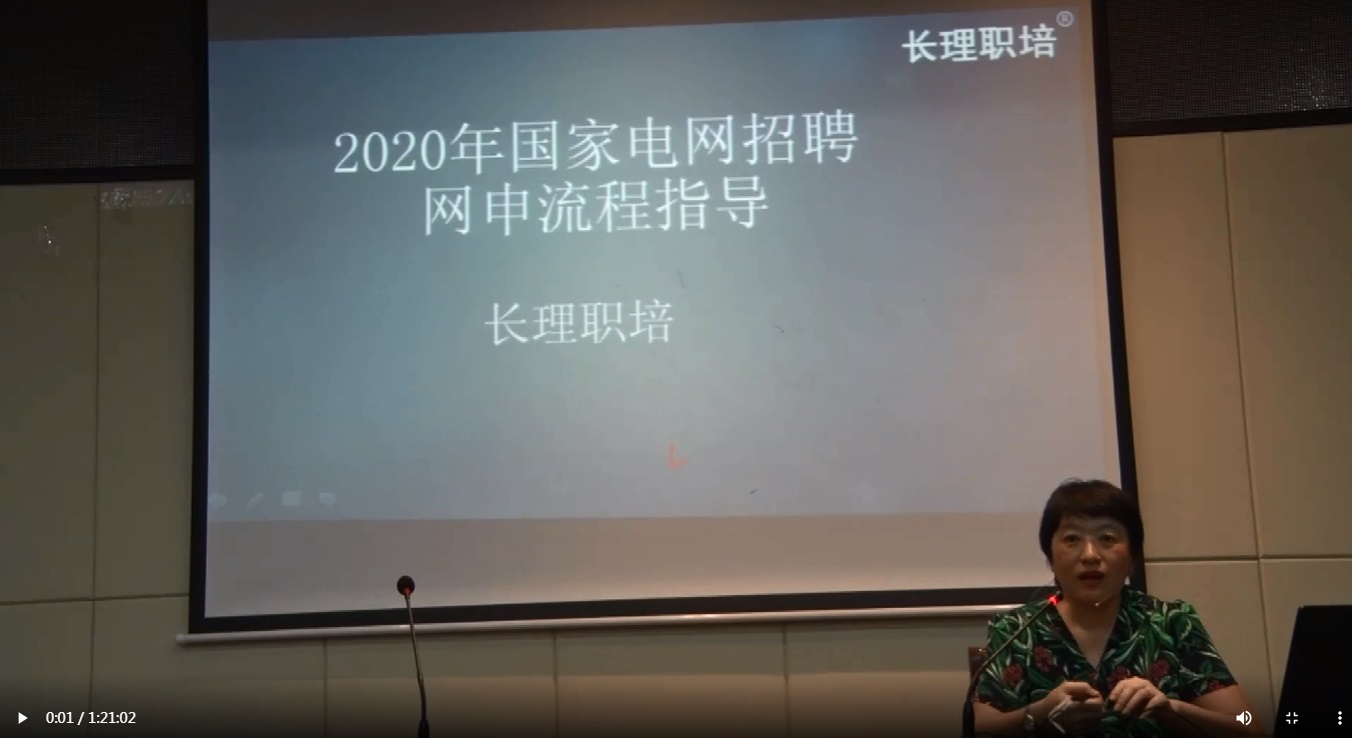


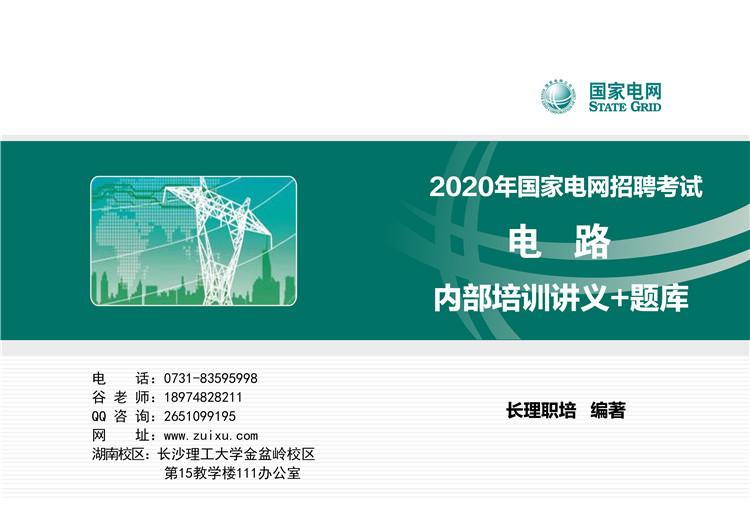




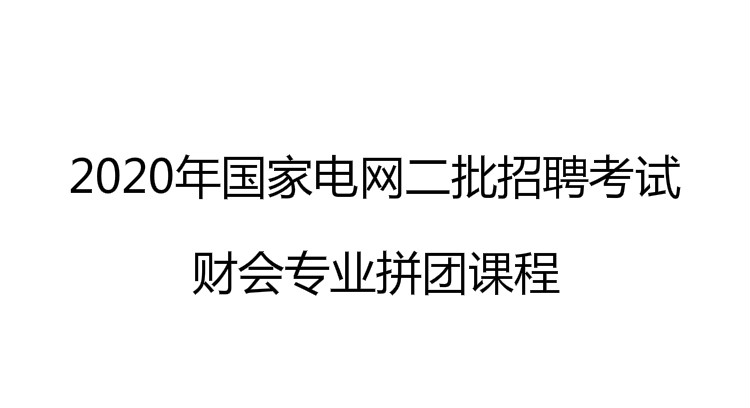
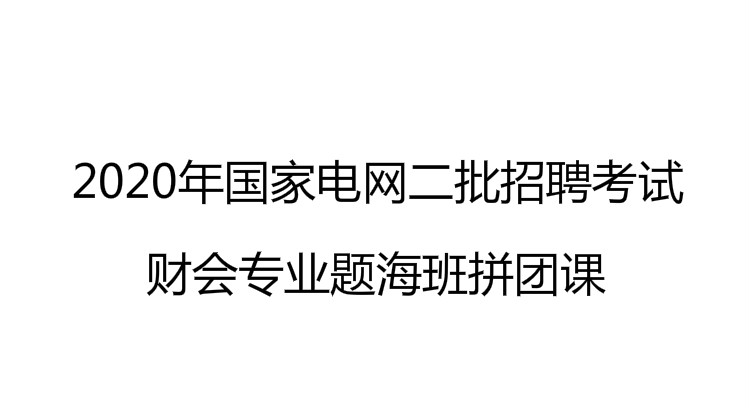
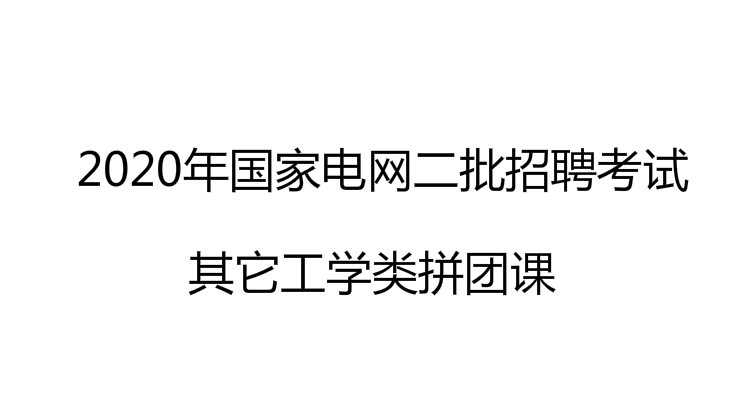



点击加载更多评论>>